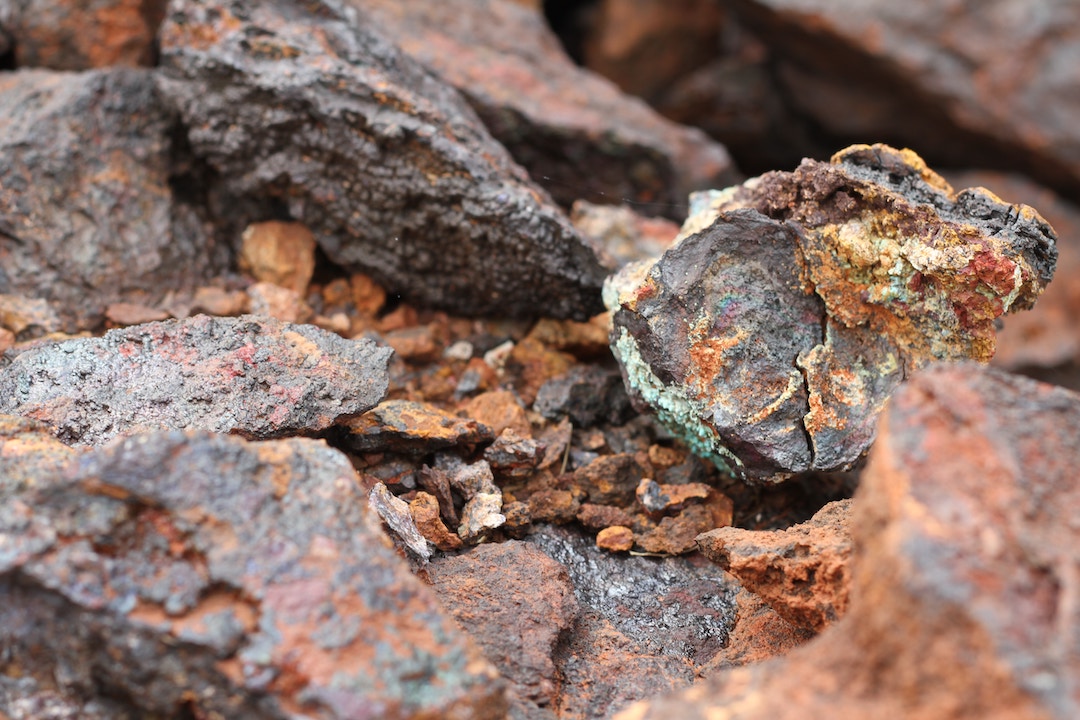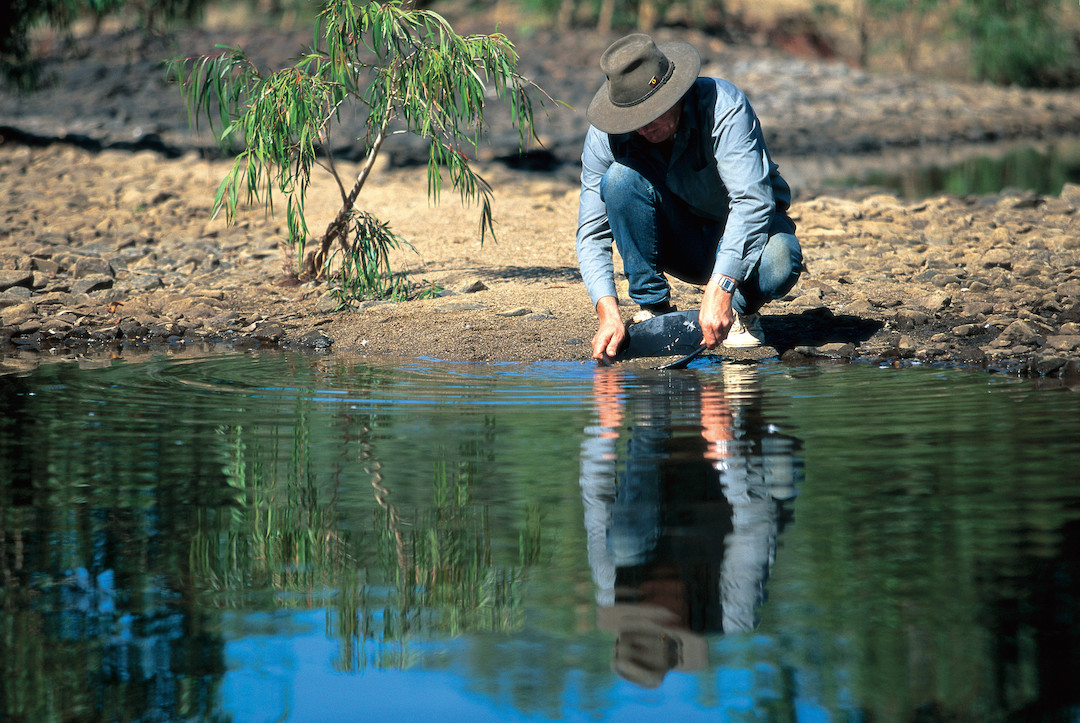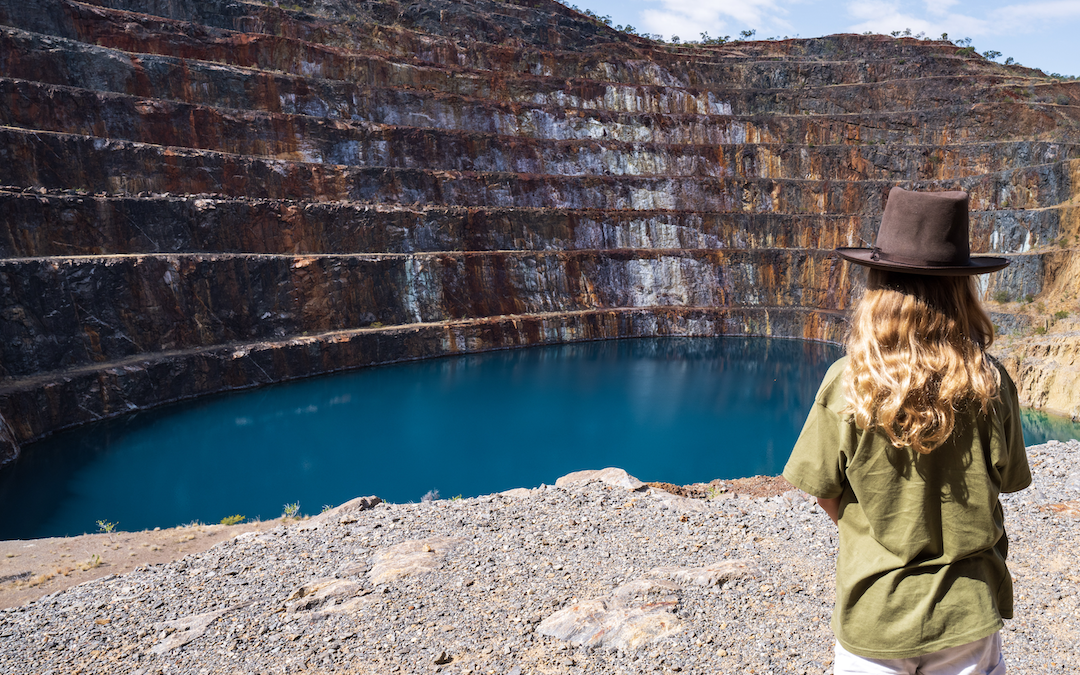Queensland’s mining industry is among the most successful on the planet.
The state is the world’s largest exporter of seaborne coal, home to over 50 major coal and 100 metalliferous mines, and 12 new mining projects, including five for coal, that are either committed or ‘likely’ to proceed. But falling demand for coal as the world moves to net zero represents an existential challenge to the state’s resources sector.
We take a look at the paradigm to see what’s happening with coal and other key mining commodities in Queensland in order to get a picture of the state’s mining outlook for next year and beyond.

One of the biggest changes in 2024 will be a decline in coal
Decline of Coal
After an extraordinary spike in 2022, prices for thermal coal used for electricity generation have stabilised but are expected to fall within the next year or two as the global energy transition continues.
Most of Queensland’s thermal coal exports are shipped to three countries: Japan, South Korea and Taiwan. But the Office of the Chief Economist (OCE) in Canberra forecasts exports to Japan will go into decline over the next two years as more nuclear reactors and offshore wind farms go online there. The OCE also notes Taiwan’s imports “are passing their peak” and that South Korea’s imports are “on a downward trajectory over the long term”. As demand and prices continue to decline, the Department of Industry, Sciences and Resources (DISR) has forecast that Australia’s export value for thermal coal will nosedive from a peak above $65 billion in 2022-23 to $28 billion by 2024-25.
Queensland’s specialisation in metallurgical coal used for steelmaking will provide some protection following the end of Chinese restrictions on Australian coal exports. However, Australia has struggled to regain Chinese market share and the International Energy Agency (IEA) expects demand for metallurgical coal will decline if the world cuts emissions. Metallurgical coal exports are projected to fall from $62 billion in 2022-23 to $41 billion by 2024-25, according to the DISR.
Ian Macfarlane, CEO of the Queensland Resources Council, believes demand for metallurgical coal will stretch out for another 40 or 50 years. He is also confident demand for thermal coal will continue for years to come. “We are also seeing a strong demand in the materials Queensland produces as we move to net zero, which is a goal we cannot reach without the resources we are currently mining,” he told Inside Mining.

Ore containing copper and nickel
Critical minerals
There’s a silver lining for declining coal exports due to the decarbonised future: skyrocketing demand for critical minerals like copper, lead, bauxite and zinc. Queensland happens to have some of the world’s richest endowments. Of the 12 new mines being built in the state, three are dedicated to their extraction.
The IEA estimates global demand for critical minerals will increase between 300 and 600 per cent as efforts increase to achieve net zero by 2050. Demand will further be supported by government and corporate policies that are favourable towards electric vehicles, and the transition to net zero through sustainable technologies.
“The biggest trend transforming the industry at the moment is of course the move to net zero by 2050,” says Macfarlane.
“The big resources companies that operate in Queensland have set this as an aspirational target and as such are working to reduce their emissions. BHP has made definite commitments towards using more renewable energy, while Anglo American is experimenting with components like hydrogen and battery trucks to try and lower emissions.”

Gold panning is a popular activity in Queensland © Tourism and Events Queensland
Gold in them hills
No report about mining and the future of mining in Queensland can be complete without looking at gold. The state continues to supply 6 per cent of Australia’s gold, and while the DISR forecasts gold earnings in Australia will decrease from $24 billion in 2022-23 to around $22 billion in 2024-25, Queensland’s gold earnings are forecast to rise, following the expansion of the Ravenswood Gold Mine 130 kilometres south of Townsville. Ravenswood now supports more than 430 jobs and 220 permanent contractors, and will produce more than 200,00 ounces
of gold per year.
“Not only is this now the largest gold mine in Queensland, but it also deserves a gold medal for how it supports locals and local businesses,” Queensland Resources Minister Scott Stewart says.
A large deposit of high-grade gold has also recently been discovered near Monto, 160 kilometres south of Gladstone, in what is being heralded as a potential gateway to investment and job growth in the region, with
5.5 million tonnes of minerals, including copper and gold, discovered at the site.
“We get pretty excited about discoveries in the state,” Queensland Exploration Council chair Kim Wainwright told the ABC.
“But when someone says we’ve got this large discovery, it usually indicates that it’s going to progress through the exploration phase into the mining phase.”
To learn about the 2024 mining outlook for Western Australia, click here.
Featured image: The Mary Kathleen Uranium Mine © Tourism and Events Queensland

